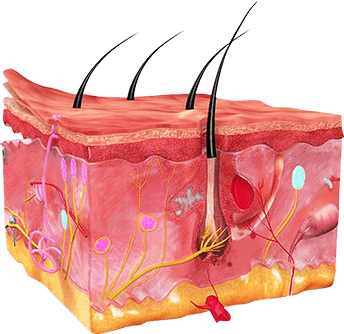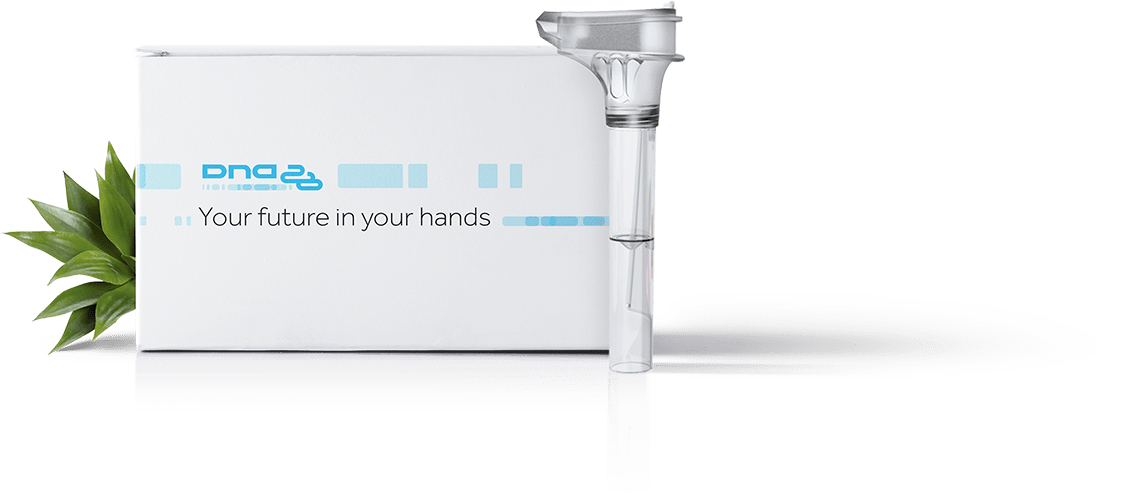Psoriasis affects approximately 1-2% of population of the whole world. According to some experts' opinion, the prevalence of the disease is significantly higher than its official index: it happens so due to the fact that many patients with psoriasis do not seek help from doctors, but use treatment with traditional remedies, or do not attempt to improve the condition.
Among all dermatological diagnoses, psoriasis is third in prevalence after eczema and acute inflammatory skin diseases. Disease takes particular importance in the light of research of psychological state of patients.
Almost 80% of them note that the periods of recrudescences unsettle them, they feel anger, dissatisfaction with their lives, become self-absorbed, become shy of their kind. In some cases, the disease becomes the cause of severe social maladaptation and even depressive disorders. The frequency of clinically significant depression in patients suffering from psoriasis is twice as much than in the population, and 30% of patients have regular thoughts about suicide.




